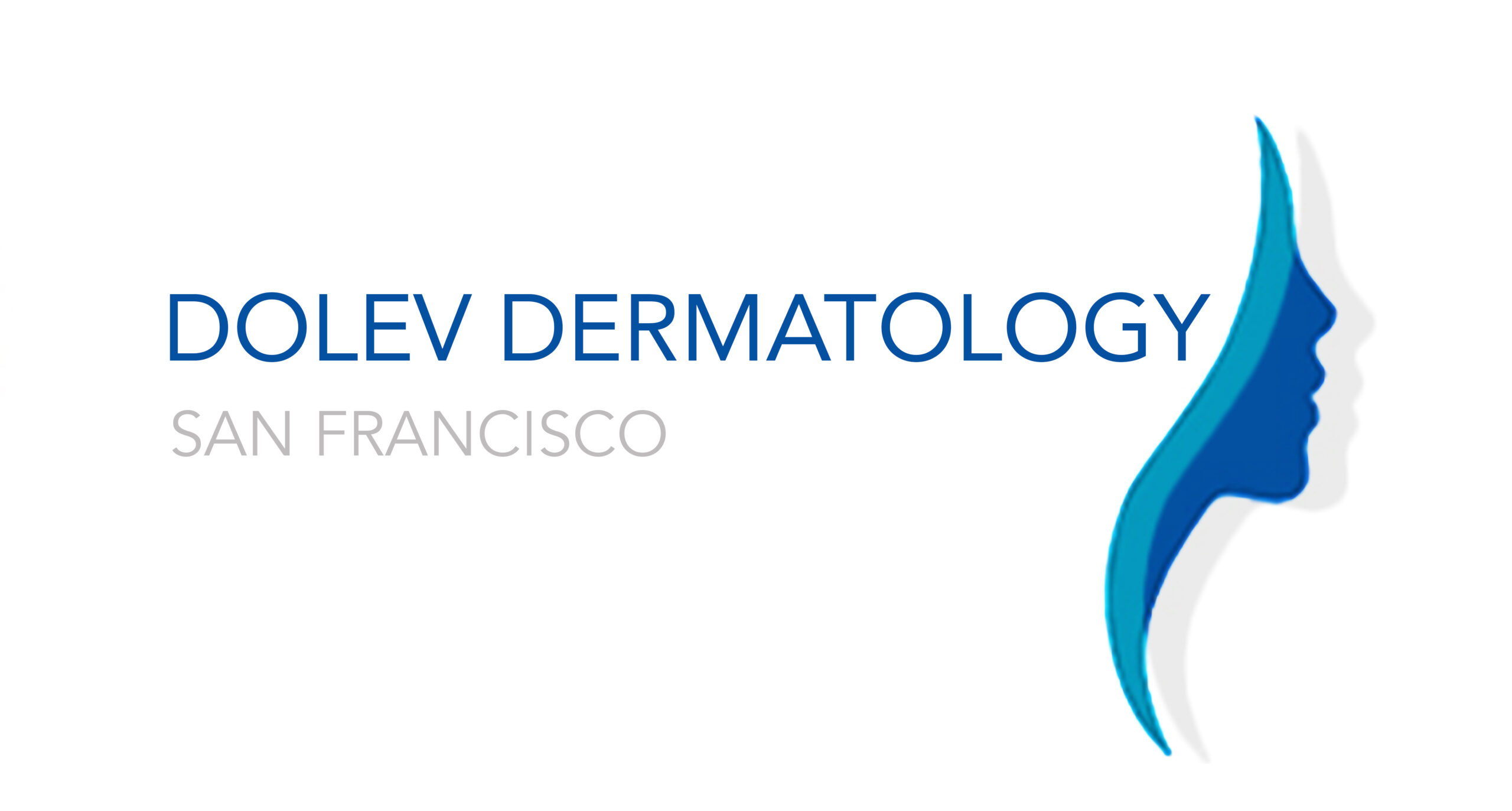Skin Cancer Removal
Skin cancer is the most common cancer in the United States, affecting more than one million people every year. One in five Americans will develop skin cancer during their lifetime.
The vast majority of skin cancers are non-melanoma type (including basal cell carcinoma and squamous cell carcinoma) and melanoma type. If caught early, skin cancer cure rates are high. However, people who have had skin cancer are at a higher risk of developing a new skin cancer within the first five years of diagnosis.
There are several treatment options depending on the type of skin cancer, subtype, size, and location. Protocols are determined by the best outcome for the patient. Common treatment options include:
- Surgical Excision— Following a biopsy were a small piece of the lesion is removed and examined under a microscope, the remaining tumor is surgically excised with margins (a few millimeters of extra skin) and sutured for proper closure.
- Mohs Micrographic Surgery — A specialized technique following skin biopsy were the removal of cancerous tissue is combined with microscopic review while the surgery takes place. By mapping the diseased tissue layer by layer, less healthy skin is removed. This is appropriate for cancers in cosmetically sensitive areas that meet size-criteria.
- Curettage and Desiccation— This treatment involves using a small metal instrument (called a curette) to scrape out the tumor along with an application of an electric current into the tissue to kill off any remaining cancer cells. This technique is easily performed in the office but may leave a larger scar than surgical excision.
- Prescription Medicated Creams— At times superficial non-melanoma type skin cancers or pre-cancers may be responsive to creams that stimulate the body’s natural immune system over the course of weeks.
Personalized Skin Procedures for Health & Youth
Injectables
Laser
Ultherapy®
TruSculpt®
For all inquiries call us at 415-923-3970 or send us a message
